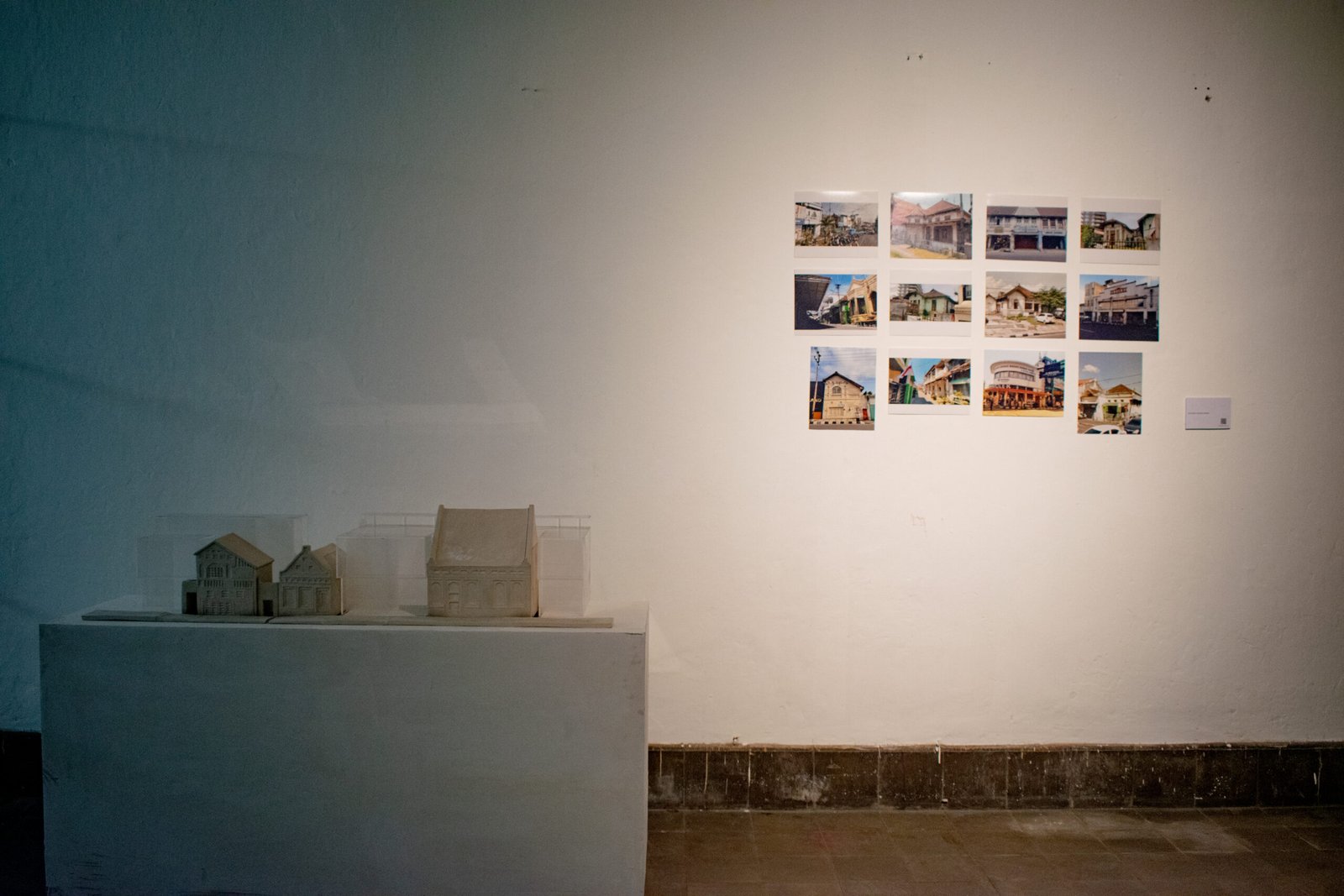Biografi Singkat
Biografi Singkat

Dea Widya X Kelvin Djuniadi
DEA WIDYA
Dea Widya, kelahiran 1987, adalah seorang seniman yang tinggal dan bekerja di Bandung, Jawa Barat. Dengan latar belakang pendidikan arsitektur, karya-karya Dea berfokus kepada aspek-aspek sejarah, produksi spasial, ingatan dan naratif. Ia kerap menggubah karya seni situs spesifik ketika ruang menjadi medium karyanya. Amalan seninya melibatkan media campuran seperti foto, video, suara, seni pertunjukan dan desain spasial. Saat ini ia tengah meneliti realisme magis dalam seni instalasi dan pertunjukan dan mengeksplorasi keretakan kehidupan sehari-hari yang dianggap “normal” serta mendefamiliarisasikan ruang.
Karya-karya Dea telah dipamerkan di beberapa pameran, termasuk Indonesia Pavilion di London Design Biennale 2021; Future Architecture di Belgrade International Architecture Week, Beograd, Serbia, 2021; bersama Kelvin Junaidi ia pernah memamerkan instalasi virtual The Invisible: Free the Space di Pameran Besar Seni Rupa Indonesia Manifesto, di Galeri Nasional Indonesia, Jakarta, 2021; Power and Other Things di Europalia di Museum of Beaux Art, Brussel, Belgia, 2017; South East Asia Triennale 2016; dan Jakarta Biennale 2015.
Selain berpameran, Dea juga bergiat dalam kerja-kerja seni, misalnya, sebagai mentor di Future Architecture Platform/Belgrade International Architecture Week, 2021; direktur artistik Paviliun Indonesia di London Design Biennale, 2021; dan kolaborator Translocal Performative Academy, yang diprakarsai oleh Theatre Combinat dan performance lab University of Applied Arts, Wina, 2022.
Karya Seni
Deskripsi Karya
How can horror be integrated into the contemporary practice of reading and creating architecture?
I argue that horror continues to haunt our physical environments and aesthetic theorization, inherent in modernity and problematically sublimated through design. It manifests in the work of the negative avant-garde and post-humanist or dystopian projects. Horror acts as a leitmotif in architecture undergoing constant transformation, often revealing an ambivalence toward traditional aesthetics. It frequently emerges at the historical intersection of language and type, where established architectural vocabularies are strained by the demands of accelerated socio-economic development. The resulting transitional buildings often appear ill-formed, with design elements that are maladapted to their function. Architects are compelled to use familiar conventions in ungrammatical ways because a new language has yet to evolve to address the aesthetic challenges of emerging architectural forms. Horror surfaces when techniques from one era are applied to the needs of another.
So, what does such a building look like?
Consider the transformations of heritage sites in Bubatan area of Surabaya, a heritage site now crowded with economic districts, the traditional Indische colonial architecture has morphed into an unrecognizable, chaotic assemblage. Buildings are mutilated, with mismatched architectural elements—windows, ornaments, doors—haphazardly combined. This disruption of compositional order evokes horror, as if architecture itself were a being whose natural harmony has been disturbed. Here, horror also symbolizes the loss of memory and the gradual transformation into an unknown, monstrous architectural form.
And, the artworks?
The artwork play role as part of critical spatial practice that enacts the gradual transformation of several old buildings within a single streetscape. These old building structures stand amid modern buildings, their masses and architectural features extended and intertwined in dissonant ways, as if the old is being engulfed by the new. The installation consists of decaying old buildings, symbolizing the passage of time, juxtaposed with modern architecture whose façades are constantly evolving, driven by a generative algorithm video mapping. This dynamic contrast underscores the tension between preservation and progress, crafting a visual narrative of architectural dissonance and transformation. It evokes a sense of horror within our built environment, a phenomenon occurring across Indonesian cityscapes, not just in Surabaya.


